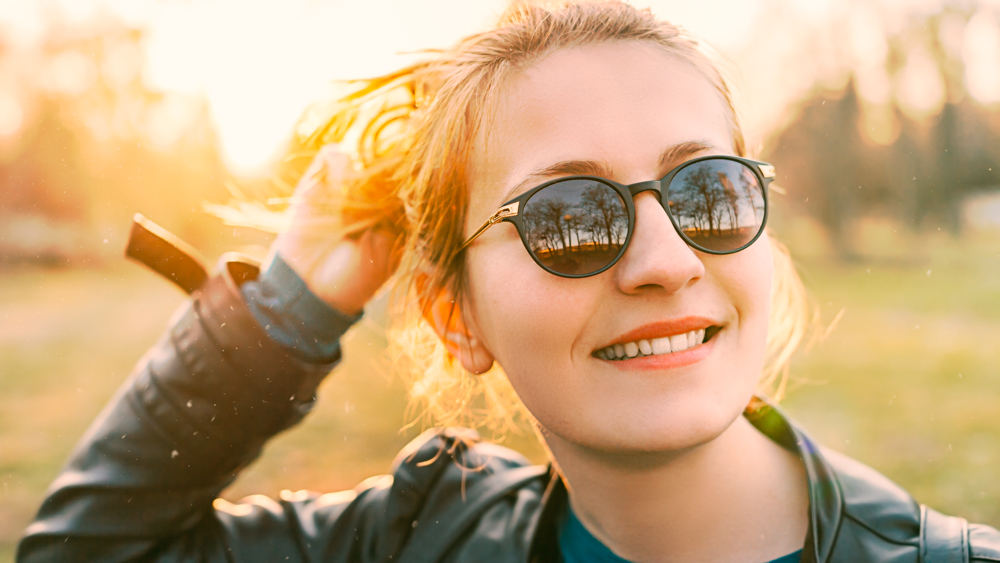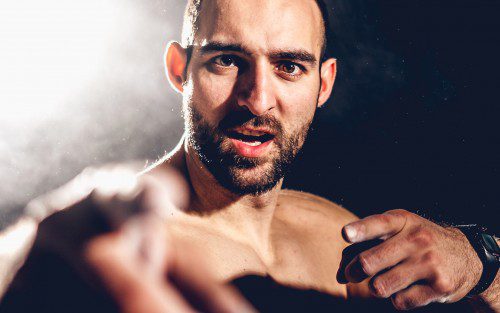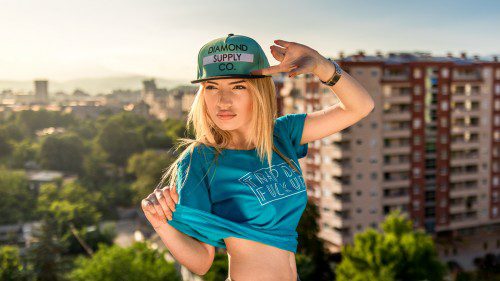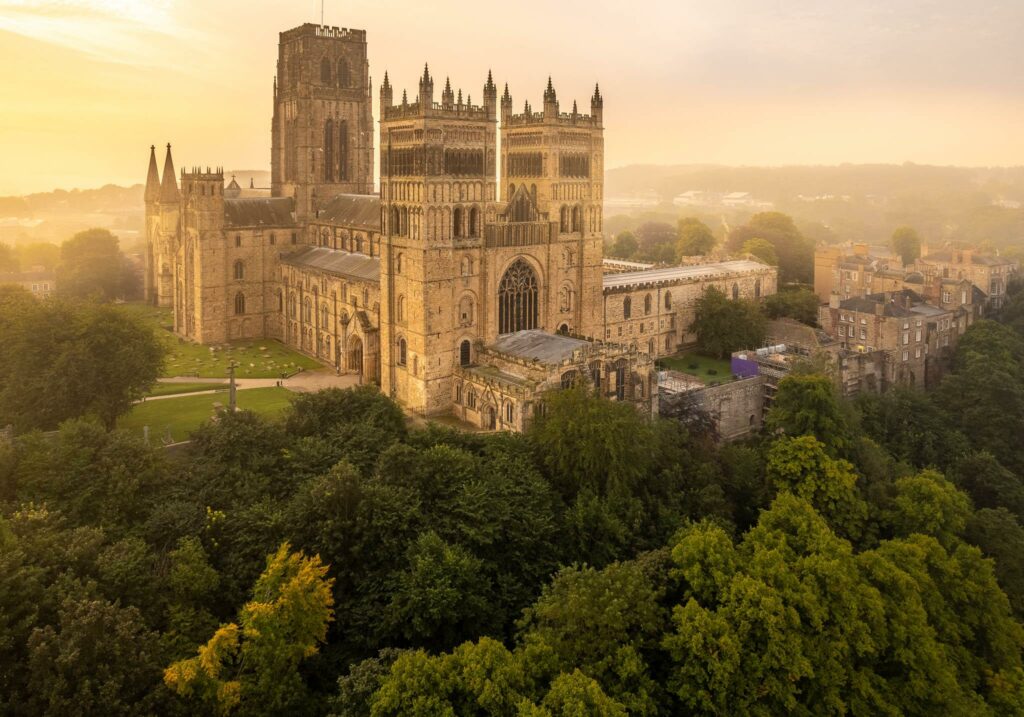A photograph is essentially light permanently captured on a medium. Photography is all about the way you capture light. The camera itself doesn’t recognize a cat from a dog, or a tree from a building. All the camera knows is the abundance or lack of light. Believe it or not, it is that simple for the camera. For the photographer, however, it is an unending battle.
Different photographers use different kinds of light sources. Some stick to strobes and controllable light sources (considered artificial light), others are more keen on the natural light, and there is the third class of photographers who will do anything possible to achieve the light they need (also known as available light).
The question now is: which lighting type is the best?
Natural Light

Most aspiring photographers start out on a limited budget and they can’t really afford the luxury of strobes and all kinds of artificial light, so they usually learn how to utilize the natural light first, and many of them simply stick with that. Natural light is great; I adore shooting in natural light. Just like the majority of photographers, I started out that way (as you can see, the term “started out” keeps coming up, and this will soon be explained). For several years, due to the lack of other light sources I limited myself to natural light, and I can’t say that the results were bad. Quite the opposite, in fact. Once you start to figure how nature works, you can achieve some very powerful shots by attempting to predict how the natural light will behave in all kinds of surroundings. This is tricky because light is not always predictable. But you can get those really spectacular shots when you figure out the proper exposure for the natural light source and manage not to blow up the highlights while not greatly underexposing your subject. This way, you can balance it out in post-production.
Artificial Light

Once introduced to that first flash or strobe light, our human instinct to experiment and explore kicks in. The new toy now has to be tested thoroughly. After a while you’ll notice some photographers use flashes more and more over time until they get bored, and decide they need even more flashes. In the meantime natural light is being used less and less. There's really nothing wrong with that, though. Flashes are pretty much the standard in photographic light and I never see a professional photographer without at least one flash. Most photographers in the fashion industry can’t work without them, and I can see why – consistency is key in that field, and you can’t get more consistent than when using a flash. The ability to form and shape the light and control the intensity, color, angle, harshness, and many other aspects of light is a mesmerizing prospect, opening up so many options for photographers.
Available Light

Once you graduate from the flashes academy and have tried everything you can think of when it comes to flashes, you tend to look for something more, something new, something different. It is at about this point in their career when most photographers (at least the few dozen whom I personally know) have that huge epiphany: why not combine flashes with natural light to make images that are utterly awesome? Way to go, Sherlock! All joking aside, it is the natural progression to advance to the category of available light. And if you carefully examine the images taken by some of today's most respected photographers, you’ll realize they’ve combined natural light with artificial light in order to make the most of every photo. Some people call it cheating, as they would call other photographic techniques cheating, but a great photo is a great photo at the end of the day, and nothing can change that. Only light can make a great photo even better. So don’t be afraid to use a reflector or a flash to augment the natural light, if you feel like it. Nobody can tell you what to do, so if you think it will work, go for it.
Summary
There is no wrong or right way to utilize light; there is only the way you think is best for your situation. If you want to combine the sun with a flash, three light bulbs, and Christmas tree lights, go for it. If it works, it is the best light for that picture. If it doesn’t feel right, find out what you are doing wrong and try again. Keep trying over and over again and you’ll eventually get the result you want. The end of the road comes only when you stop trying.




